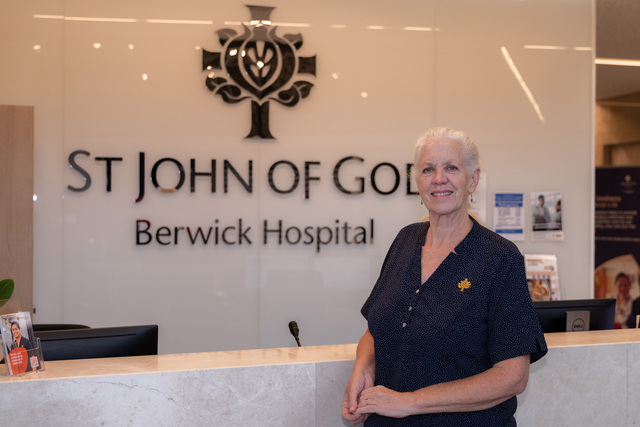Courtesy CPA
TAX experts from the nation’s largest accounting and finance organisation, CPA Australia, have prepared the following key tips to assist individual taxpayers with their 2005 tax returns.
Salary packaging and fringe benefits
This can be a useful way to obtain some tax savings, particularly for those on the top marginal tax rate and employers offer it.
Some of the most common and taxeffective items to consider include superannuation, laptop computers and motor vehicles.
Note that the employer will include the reportable fringebenefit amount on payment summaries and it must be included in tax returns. This may affect entitlement to certain benefits.
Accounting fees
The fees people pay to their CPA or registered tax agent to complete their tax returns are deductible in the year they are paid.
Therefore, if those who receive their payment summary early should see their tax agent before the year end, get their return completed and claim the expense this year.
Rebates
Tax rebates (or offsets) can reduce a tax bill, so it pays people to know what they are entitled to.
What can be claimed depends on the level of income and family circumstances.
Examples subject to satisfying certain criteria, include private health insurance, medical expenses, dependent spouse rebate, lowincome rebate and the senior Australians tax offset.
Matureaged workers of 55 or older may be eligible for an additional rebate of up to $500 this time, subject to satisfying certain conditions.
However, the new 25 per cent entrepreneurs’ tax discount that will apply to eligible businesses will not be available until the 200506 income year.
Further details on some of these rebates are provided below, but people should see their CPA for the full range of rebates that are available.
Child care
Childcare costs are not an allowable deduction because payments to a childcare facility are considered not to be relevant and incidental to producing assessable income.
However, the new childcare rebate of 30 per cent is available for outofpocket childcare expenses up to a maximum of $4000 per child for approved care incurred from 1 July 2004.
Note however that such expenses cannot be claimed in the 2005 tax return, but people should ensure that they retain all relevant receipts and records so they can be claimed in the 2006 return.
Details of eligible expenses should be available in Tax Pack 2006.
Medical expenses
A rebate of 20 per cent of allowable medical expenses over $1500 can be claimed.
This is net of refunds from Medicare and health funds.
Not all medical expenses are allowed to be counted (eg chiropractors, unless it can be shown that therapeutic treatment was received). Dental expenses are included, so keep the receipts.
Private health
insurance
A general 30 per cent refundable tax rebate can be claimed on the cost of health insurance premiums paid by individual taxpayers.
However, the rebate is not available where the benefit is taken in the form of a direct payment or reduced premiums.
Note also that higher income earners without adequate health cover are liable for an additional one per cent Medicare levy surcharge.
Higher rebates can be claimed from 1 April 2005 by older persons aged from 65 to 69 years – for persons aged from 65 to 69 years the rebate is 35 per cent and a 40 per cent rebate applies for those 70 and over.
Tax shelters
These are often heavily promoted around the end of a financial year and may include primary production, film schemes or other tax effective financing arrangements.
Taxpayers should ensure the promoters have obtained a product ruling from the ATO for their particular product.
This will provide some certainty that the expected deductions will actually be available, provided the project does not deviate from the original proposal in the prospectus.
The onus is still on taxpayers to seek independent advice to ensure that the proposed scheme is financially viable.
Separate advice from a CPA should also be sought on the implications of the tax rules relating to noncommercial activity losses and prepayments.
Tips for tackling tax
Digital Editions
-

Nurse who never surrenders
Purchase this photo from Pic Store: 474225 For 40 years, Sally has been the heart of Berwick’s hospital — a nurse, leader, and problem-solver whose…





